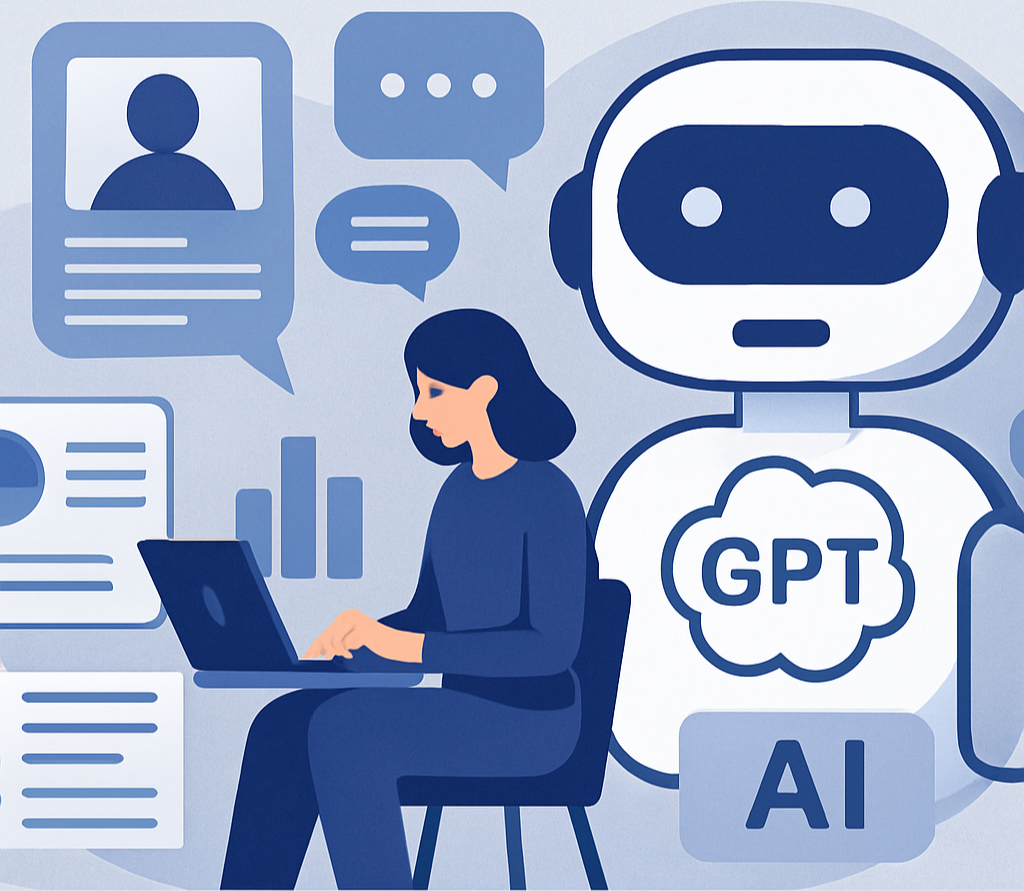Foundational research is the cornerstone of any successful project — not just to validate assumptions, but to align teams, inform priorities, and uncover the real needs of users. Whether I conduct the research or synthesize existing insights, I ensure findings are shared across the organization so that every stakeholder is aligned before strategy or design begins.
Market & User Research
Competitor Matrix: Tracking the "Best in Breed" solutions to ensure the client beats its competition on a feature-by-feature basis.
Competitor Audit
An industry audit isn’t optional — it’s essential.
Even when clients feel they have a solid grasp of the competitive landscape, those insights often live in silos. I develop comprehensive competitor matrices to identify "best in breed" features and evaluate a client’s offering against real-world benchmarks. Every component — functionality, content, design patterns — is assessed using heuristics grounded in industry best practices.
Focus group of prospective students interested in applying for graduate school.
Focus Groups
Despite falling out of fashion in some circles, focus groups remain one of the fastest ways to gather rich, attitudinal insight. I’ve led dozens of sessions with techniques designed to spark honest conversation and avoid groupthink — including sorting, ranking, and word association exercises. These sessions are particularly effective at identifying audience segments and surfacing language that resonates.
Ethnographic Interviews
To go deeper, I use one-on-one ethnographic interviews — often combined with “think aloud” techniques — to observe behaviors, uncover usability issues, and better understand motivation. These sessions provide unmatched insight into how people approach digital tasks, form preferences, and make decisions.
One of the key reasons my interviews succeed is simple: I’m genuinely curious. I love learning how people think, and I design interviews to make space for surprise and complexity.
Survey: Nothing beats a well-designed survey when its necessary to quantitatively document the needs, desires and behaviors of customer segments.
Surveys & Polls
When I need scalable input, I use custom-designed surveys that complement my qualitative research. I often embed them in screener forms for interviews or focus groups — allowing me to identify ideal participants and gather early-stage insights from a broader audience.
With a little smart segmentation and cross-tab analysis, these surveys reveal patterns and preferences that shape UX direction, content strategy, and product prioritization.
Tools I frequently use include:
SurveyMonkey, Alchemer and when needed, specialty recruitment vendors for harder-to-reach audiences.
AI in Research: An Amplifier, Not a Shortcut
I tools like ChatGPT can transform how research is conducted — but only when used intentionally. I integrate AI thoughtfully into my workflow to enhance human insight, not replace it.
I treat tools like ChatGPT Enterprise as a strategic thinking partner — especially when synthesizing qualitative data from open-ended surveys, interviews, focus groups, and usability transcripts.
Some of the ways I use AI include:
Identifying recurring themes and emotional drivers
Ranking findings by impact and frequency
Extracting representative quotes from long-form transcripts
Comparing responses across audience segments
Drafting early messaging frameworks or UX hypotheses for stakeholder review
I always follow strict data privacy protocols — using ChatGPT Plus or Enterprise (never free/public tools) to avoid unintentionally training the model on client data.
Used wisely, AI accelerates the tactical work, so I can focus more deeply on insight, interpretation, and strategy — where the real value lives.
Video capture of a mobile usability test I recently completed for a large East Coast university.
Usability Tests
For more than 15 years, I’ve conducted Jakob Nielsen-style usability tests — beginning with paper prototypes and evolving into interactive prototypes using tools like Axure. These fast, low-cost methods consistently surface the same usability insights as larger lab-based tests, without the overhead.
Tools I use for user testing include UserZoom (moderated and unmoderated), Zoom (moderated) and Optimal Workshop (tree tests.)
Heuristic Evaluations
For leaner engagements or early-stage diagnostics, I offer heuristic evaluations based on best practices across UX, accessibility, and design systems. These are often conducted alongside or in lieu of usability testing, especially for organizations with constrained resources.
Delivering Research Findings
Insights are only powerful if they’re communicated effectively. I deliver findings in clear, visual, and actionable formats — including decks, reports, and working sessions that bring teams together. I believe findings should spark discussion and direction — not sit unread in a folder.
Qualitative v. Quantitative Findings
To clarify key takeaways, I often include visual and comparative outputs such as:
SUS (System Usability Scale) Scores
Net Promoter Scores
Word clouds and theme maps
Segment-based comparisons and quotes
Feature ranking and prioritization matrices
My goal is always the same: to help teams see their users clearly, and act on what they learn.
Quantitative v. Qualitative Findings: Using well-established tools such as the Software Usability Score (SUS) , Net Promoter Scores and word associations generated by activities designed to assess customer preferences and attitudes elucidates key research findings.





